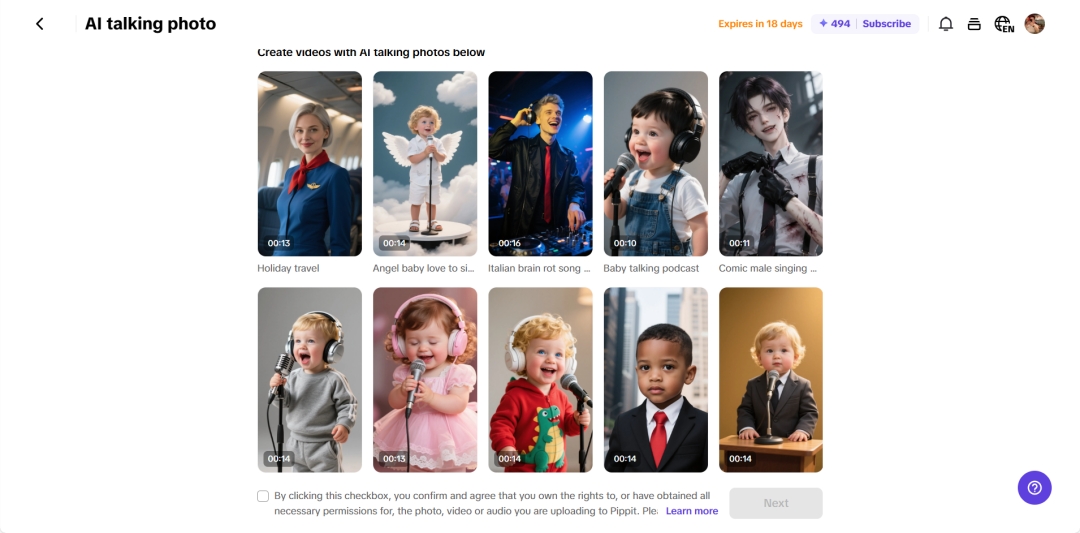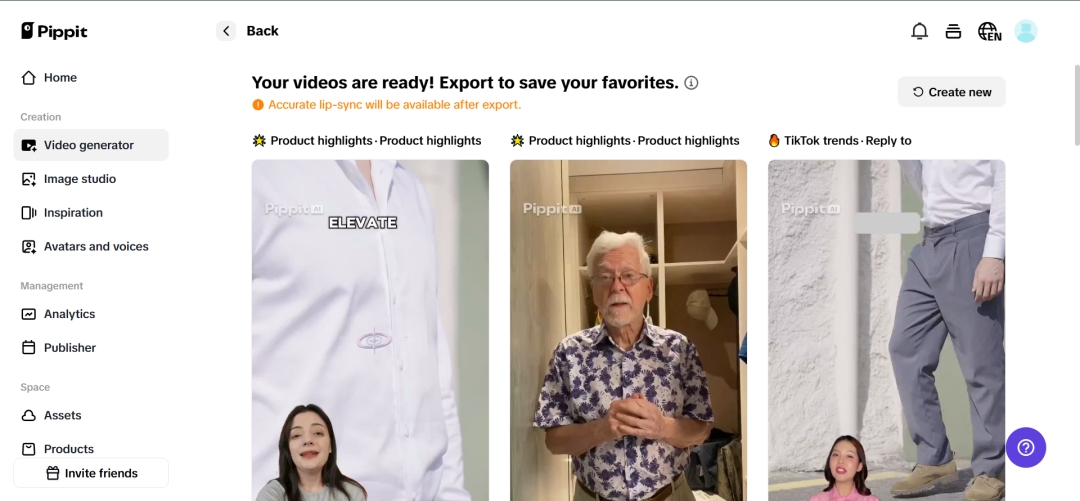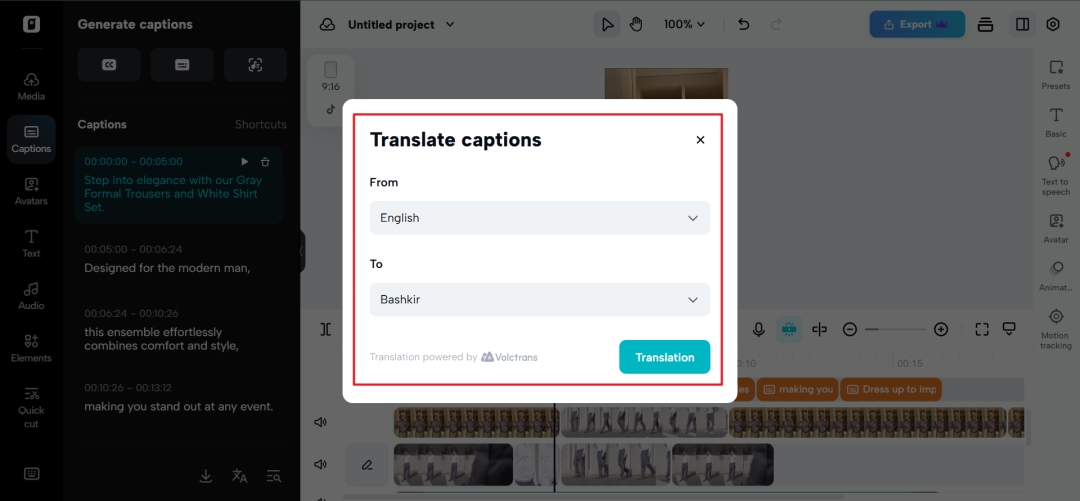China, Shenzhen - Visual narrative has become your passport in the digital world, when an algorithmic nudging may land your ad in Lagos, Tokyo, or Paris. These days, you're creating for all of the languages, not just one.
That's where Pippit comes in. With the use of AI photo to video, it enables creators and brands to transform static images into global-ready, visually-orientated ads in a snap. And when your visuals become legible enough to transcend languages? Your message goes further, faster.
Let's crack the code on how graphics, icons, and UI can be your silent interpreters—and why staying wordless is the best way to go multilingual.

When text fails, design speaks
Picture a 'Sign Up' button that's effective for a six-year-old in Brazil or a 60-year-old in Korea. Or a shopping icon that doesn't require translation, only recognition.
That's visual multilingualism—the design principle that relies on universally recognizable features rather than written language. It's what occurs when your call-to-action doesn't say 'Buy now', it demonstrates.
Why it's more important than ever:
-
Algorithms don't care about borders
International audiences can come across your content by accident whether you intended to or not.
-
Attention spans are short (and universal)
No one has time to interpret your brilliant pun in their second language.
-
Clarity of vision enhances accessibility
A visually effective design goes as well for language minorities as it does for visual processing disorders or learning differences.
Effective design isn't merely aesthetically pleasing—it says what it needs to without much saying.
Icons > instructions
Let's be real: if your viewer must read a sentence to determine how to add an item to their cart. You've already lost them.
Common icons that communicate in every language:
-
Shopping cart — no explanation necessary
-
Arrow pointing to the right — go to
-
Magnifying glass — look here, even if you don't understand the language
-
Paper plane — send it, share it, or submit.
-
X button — close. Stop. Exit. It's understood everywhere
-
Play button — from newsreels to news clips, the triangle is everywhere
Remember that even familiar symbols have cultural connotations—so test your iconography. If your site employs an envelope to represent 'email,' realize that some younger users connect envelopes with stodgy communication.
This is where your ad maker tools should excel—enabling you to tweak these visuals for your audience without requiring full design capability.

Typography without the typing
Fonts are finicky between languages. Certain scripts (such as Arabic or Devanagari) are inherently more decorative, while others (such as Japanese) will need to be handled vertically or monospaced. Rather than imposing a single, universal font, be graphical.
Visual hacks:
-
Employ icon-text hybrids in which icons substitute for a word or support it.
-
Animate brief text so that the message can be read before your viewer has to read it in depth.
-
Think about designing graphic CTAs that combine symbols and motion instead of relying on translation.
Pro tip: If your content includes voiceover or spoken narration, test it with a free online video language translator. Even if you don't end up using it for the finished version, it's an easy way to sanity-check pace and flow in a different language.

Color: The silent communicator
You know that red equals danger or stop, right? Not necessarily everywhere. Red in China means good luck and prosperity. Blue is soothing in Western cultures… but in certain situations, it's linked with sadness or even chilliness.
This is how color operates everywhere:
-
Green tends to mean success or positive… yet may also signify environmentalism or religion.
-
Yellow can be warm and welcoming… or a warning sign.
-
Black and white may seem 'neutral,' but even those carry emotional connotation in various cultures.
Be deliberate with your palette. If unsure, test across segments or make subtle A/B tests to determine what resonates best visually.
Emoji and visual slang: Use with care
Yes, emojis are essentially the internet's lingua franca. But emoji interpretation varies wildly.
Media Contact
Company Name: Pippit Ai
Contact Person: Support Team
Email: Send Email
Country: China
Website: https://www.pippit.ai/
